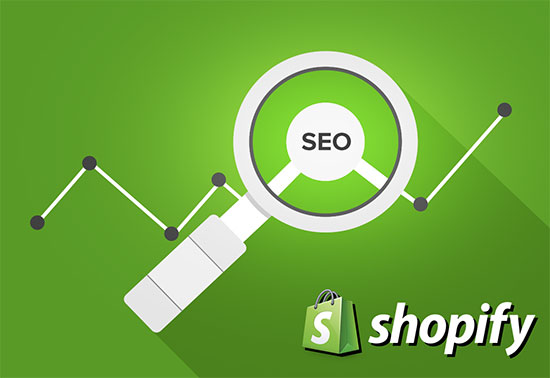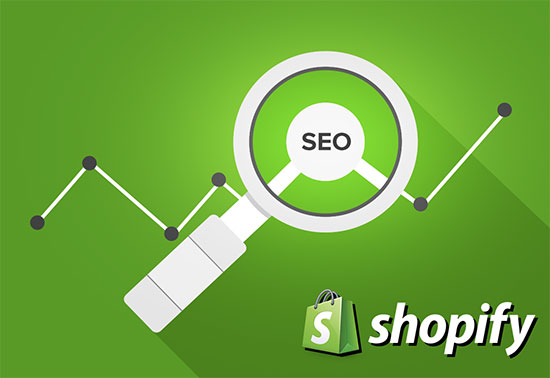

If you are new to Shopify or e-commerce, then optimizing your product pages is crucial. Thankfully, the process is not complicated since knowledge, not technical skill, is the key ingredient.
This article does not cover absolutely every way to optimize a product page or landing page. When adding new products to your Shopify store, there are a variety of options provided to you. We will focus on those areas and hopefully offer some tips that could improve your chances of success.
Product Title
When naming your product, you should be mindful of keywords that people may be searching for. However, you do not want to create a sloppy keyword-stuffed title. I always recommend keeping it simple, easy to read, and unique to other product names.
Description Area
In this area, you should take your time and create a well-written story of your product. I know it is difficult to find the time to write, but it is worth the investment. Try to add your main keyword in this area one time per 250 words. Be sure your descriptions are at least 250 words. Strive to hit 750 to 1000 words of solid content.
Headers
You should consider using header tags. This includes H2, H3, and H4 tags. The product name will most likely be the H1 tag. The more information you provide divided up with header tags, the better in my opinion.
Add more content
I have created websites for hundreds of businesses, and many entrepreneurs lack the time or desire to add unique, quality content to the product pages. This is a mistake for long-term success with search engines. Yes, I know it is a pain and very time-consuming. Sometimes, it may not be practical if you have thousands of products. If this is the case, then load up your collection pages with content instead.
Images
Before uploading your image to Shopify, be sure to rename the image file name to something that appears more legible. For instance, “dunder-mifflin-shirt.jpg” is far superior to “IMAGE001.jpg”.
Be sure to add content to the ALT tag. Once you have added your first product image, you will see a little ALT button. Click on it, and describe the image in the area.
Inventory Area
Shopify provides an area to add a SKU (stock keeping unit) and barcode (ISBN, UPC, GTIN, etc.). Try completing both areas if possible. If you do not use barcodes, add a SKU number. If you do not use a SKU number, then make one up on the fly.
Why is this important? Many online sources require at least one SKU or barcode before indexing products. One powerful example includes Google Shopping.
Shipping
In this area, add a weight. If you ever decide to use the “calculate rates” feature, you must do this. Even if you intend to offer flat prices or free shipping, I still recommend adding weights to your products.
Variants
Try sticking to the default variant names Shopify provides. These include color, size, and material. Sources such as Pinterest only accept specific variant names and will not index your product if you stray. Pinterest does recognize a few other variant names available from their support area.
Search Engine Listing Preview
In this area, you can dictate what Google, and other search engines, display in their search results. Make sure the title is clean. Check the description and make sure it contains pertinent information and is legible. You may even want to consider adding a call to action in this area.
Want to get more technical?
For $450, our sister company, IDM Firm, can assist you in further optimizing your Shopify store. Please contact us if you are interested.
Why did we write this article?
We recently worked with a local retail store looking for guidance with their Shopify store. During that time, we experienced firsthand how easy it is to overlook the above tips. Hopefully, this article can help other small retailers like them.
We have written many other articles involving the e-commerce giant, Shopify.

